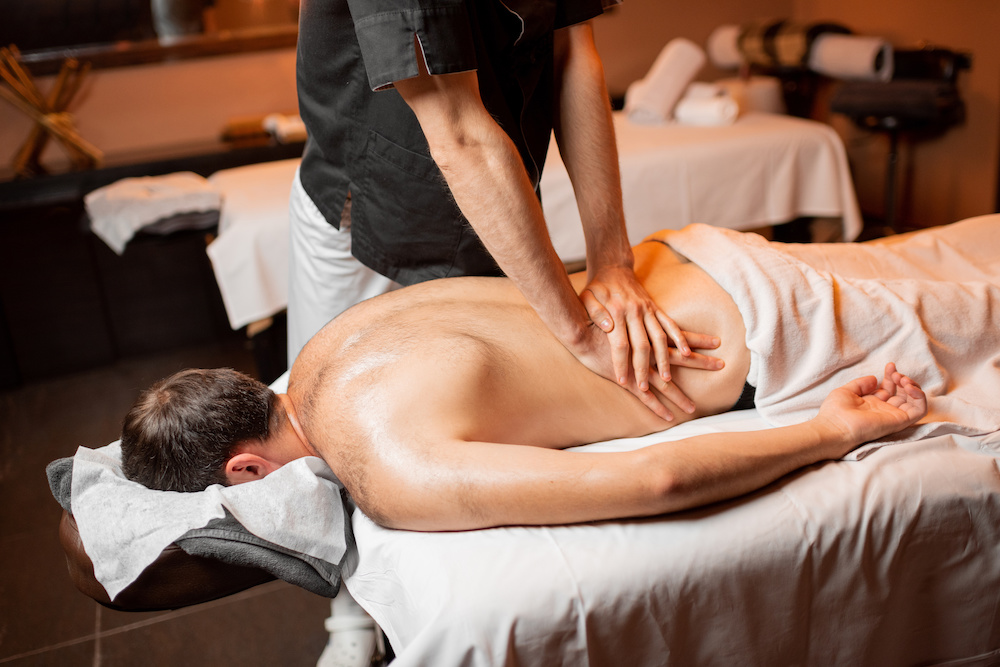In our fast-paced lives, self-care and relaxation have become crucial for maintaining a healthy mind and body. Massage therapy has gained immense popularity as an effective means of promoting relaxation, reducing stress, and addressing various musculoskeletal issues. However, one common concern that often arises after a massage is post-massage soreness. In this blog post, we will explore the reasons behind soreness after a massage, whether it is normal, and how to manage it effectively.
Understanding the Purpose of Massage
Massage therapy has a rich history dating back thousands of years. It involves the manipulation of muscles, tendons, ligaments, and soft tissues to provide relaxation, pain relief, and overall well-being. There are various types of massages and techniques, each serving different purposes such as Swedish massage for relaxation and deep tissue massage for addressing specific muscle tension. It is important to note that the primary goals of massage include enhancing circulation, relieving muscle tension, and promoting a sense of calm.
The Science Behind Post-Massage Soreness
Post-massage soreness, also known as muscle soreness, is a common phenomenon experienced by many individuals. Massage therapy works by applying pressure and manipulating the soft tissues, which can cause microscopic damage to muscle fibers and create inflammation. This process stimulates the body’s natural healing response, leading to improved blood flow, reduced muscle tension, and the release of endorphins. However, it is this process that can sometimes result in soreness.
Factors Influencing Soreness
Several factors can influence the degree of soreness experienced after a massage. Individual body composition and sensitivity play a role, as some individuals may be more prone to pain than others. The depth and intensity of the massage also contribute to post-massage soreness. A deep tissue massage or a massage that specifically targets areas of tension may lead to more pronounced pain. Additionally, pre-existing muscle tension or chronic conditions can impact how your body responds to the massage, potentially causing more soreness.
Differentiating Between Soreness and Pain
It is essential to differentiate between normal post-massage soreness and excessive pain. Post-massage soreness typically feels like muscle discomfort, similar to what one might experience after a workout. It is usually mild to moderate and resolves within a day or two. However, if you experience sharp or severe pain, or if it persists for an extended period, it is important to consult your massage therapist. Effective communication with your therapist before, during, and after the massage can help ensure your comfort and well-being.

Managing and Minimizing Post-Massage Soreness
While post-massage soreness is normal, there are steps you can take to manage and minimize it. Staying hydrated before and after the massage is crucial, as water helps flush out toxins released during the massage and aids in muscle recovery. Engaging in gentle stretches and movement can also help alleviate soreness by promoting blood flow and flexibility. Applying heat or cold therapy, such as using a warm towel or ice pack, can provide relief to sore muscles. Additionally, exploring self-care options like Epsom salt baths or using herbal remedies can further support relaxation and recovery.
Communicating with Your Massage Therapist
Building an open and honest relationship with your massage therapist is key to ensuring a positive experience. Before your massage, communicate your goals, concerns, and preferences to the therapist. During the massage, provide feedback regarding the pressure and any discomfort you may feel. After the session, discuss your experience and any post-massage soreness you are experiencing. Your therapist can provide valuable insights and adjustments for future sessions, tailoring the massage to your specific needs.
Experiencing post-massage pain is normal and can be seen as a positive sign that your body is responding to the massage. The degree of soreness varies depending on individual factors and the techniques used during the session. By understanding the purpose of massage, differentiating between soreness and pain, and effectively managing this through hydration, movement, and self-care, you can make the most of your massage experience. Remember to communicate openly with your massage therapist to ensure a personalized and comfortable session. So, go ahead and embrace the benefits of massage therapy, knowing that any soreness experienced will likely dissipate quickly, leaving you feeling rejuvenated and relaxed.
The post Is It Normal to Be Sore After a Massage? appeared first on Mindful Medicinal Sarasota.



